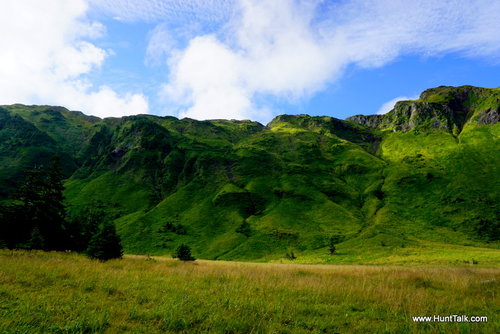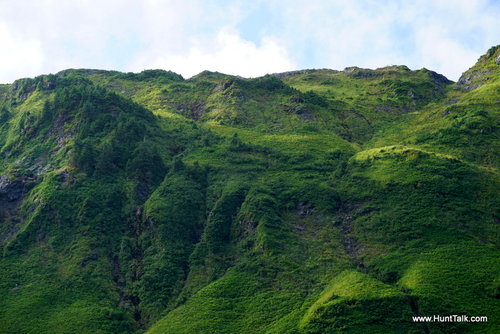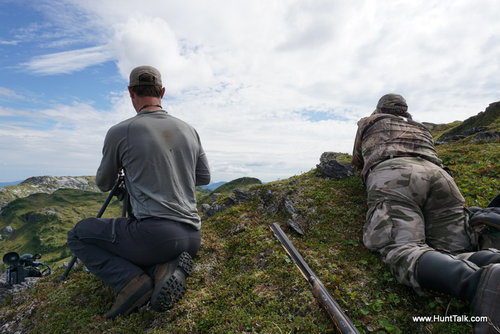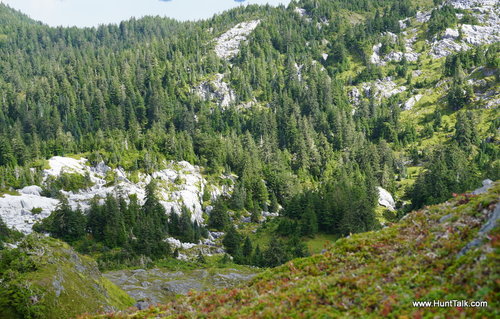MinnesotaHunter
Well-known member
Wow, Randy. That is an awesome Sitka. I think I sense an episode of the year!
Follow along with the video below to see how to install our site as a web app on your home screen.
Note: This feature may not be available in some browsers.














